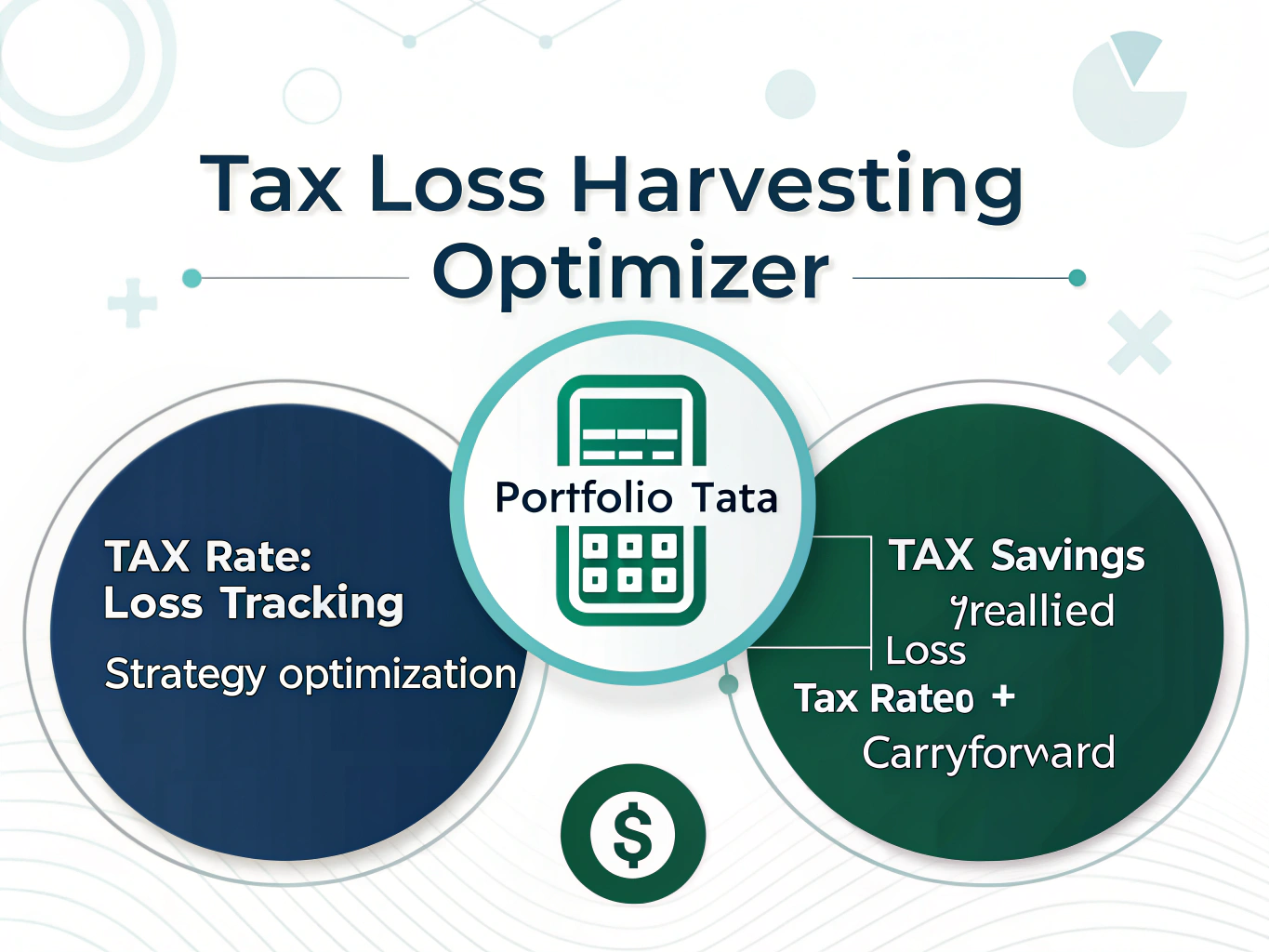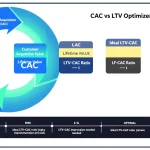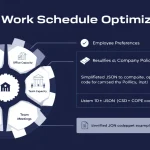Tax Loss Harvesting Optimizer
Is this tool helpful?
How to Use the Tax Loss Harvesting Optimizer Effectively
Investment Portfolio Details
Enter your current investment holdings using the following format, with one investment per line:
- Stock symbol: Purchase date, Cost basis, Current value
- Use date format MM/DD/YYYY and include dollar amounts for cost and current value
Example entries:
- TSLA: Purchased 04/10/2023, Cost $900, Current $850
- AMZN: Purchased 05/20/2023, Cost $3200, Current $3100
Marginal Tax Rate (%)
Input your current marginal tax rate as a percentage (without the % symbol). For example:
- 28 for a 28% tax bracket
- 15 for a 15% tax bracket
Capital Loss Carryforwards ($)
If applicable, enter any capital loss carryforwards you have from previous years. Examples include:
- $12,000 from prior investment losses
- $4,500 accumulated over several years
Investment Strategy
Optionally describe your investment preferences or constraints to help tailor the analysis. Examples:
- Maintain tech sector exposure while minimizing risk
- Avoid investments in companies with high volatility
Introduction to the Tax Loss Harvesting Optimizer
The Tax Loss Harvesting Optimizer is a useful tool designed to help you reduce your tax burden by strategically identifying investment losses that you can realize to offset taxable gains. By analyzing your portfolio data and tax situation, this tool suggests opportunities to maximize your tax savings while maintaining your investment goals.
Using this optimizer allows you to:
- Identify tax loss harvesting opportunities in your taxable accounts
- Reduce current year capital gains tax liability
- Utilize existing capital loss carryforwards effectively
- Maintain compliance with IRS rules such as the wash sale provision
- Support portfolio rebalancing aligned with your investment strategy
Practical Usage and Example Calculations
This tool processes your input portfolio and tax details to estimate the potential tax savings from harvesting losses. Here is how the core tax savings calculation works:
Key Terms Explained
- Realized Loss: The loss realized by selling securities below their purchase price.
- Marginal Tax Rate: Your tax rate on ordinary income or capital gains.
- Carryforward Benefit: The amount of unused capital losses from prior years applied to reduce your tax liability.
Example
Assume you have the following scenario:
- Investment: 200 shares of ABC purchased at $50 per share ($10,000 total)
- Current market price: $40 per share ($8,000 total)
- Unrealized loss: $2,000
- Marginal tax rate: 30%
- Capital loss carryforwards: $1,500
The estimated tax savings are:
This means realizing the loss on this investment can reduce your tax liability by $2,100 when combined with your carryforward losses.
Benefits of Tax Loss Harvesting Optimization
Immediate Tax Relief
- Lower your current year capital gains taxes by offsetting gains with losses
- Offset up to $3,000 of ordinary income annually using losses
- Generate liquidity to reallocate your portfolio advantageously
Long-Term Advantages
- Carry forward unused losses indefinitely to future tax years
- Enhance after-tax portfolio returns by systematically managing taxable events
- Maintain alignment with your financial goals while improving tax efficiency
Strategic Considerations in Tax Loss Harvesting
IRS Wash Sale Rule Compliance
The optimizer respects wash sale regulations by:
- Monitoring your transactions within 30 days before and after the sale
- Flagging securities that are substantially identical
- Suggesting alternative securities to preserve market exposure without triggering wash sales
Portfolio Rebalancing
You can maintain your desired portfolio balance and risk profile by integrating your investment preferences, such as:
- Preserving sector allocations
- Maintaining diversification and market exposure
- Avoiding excess turnover and transaction costs
Timing Your Harvest
- Harvest losses strategically throughout the year or focus on year-end opportunities
- Leverage market volatility to identify optimal tax-saving moments
- Coordinate harvesting with changes in your tax bracket for maximum benefit
Real-World Use Cases of Tax Loss Harvesting
Case Study 1: Responding to Market Volatility
During a sudden market downturn on a $600,000 portfolio:
- Realized loss: $50,000 through tax loss harvesting
- Marginal tax rate: 35%
- Tax savings estimated at $17,500
Case Study 2: Modernizing an Inherited Portfolio
An investor updated a $300,000 legacy portfolio, realizing strategic losses of $30,000:
- Marginal tax rate: 25%
- Tax savings realized: $7,500
- Preserved asset allocation with recommended replacements
Frequently Asked Questions About Tax Loss Harvesting
What is tax loss harvesting?
It is a tax strategy that involves selling investments at a loss to offset capital gains taxes. This helps lower your overall tax bill while keeping your investment exposure intact.
How often should I perform tax loss harvesting?
You can harvest losses any time during the year, but many investors focus on year-end to maximize tax planning. Regular portfolio reviews help identify timely opportunities especially in volatile markets.
Can I harvest losses in retirement accounts?
No. Tax loss harvesting applies only to taxable investment accounts because retirement accounts like IRAs and 401(k)s have different tax treatment and are tax-deferred or tax-exempt.
How does the optimizer maintain my investment strategy?
The tool suggests appropriate replacement securities that maintain your market exposure and comply with wash sale rules, ensuring your portfolio stays aligned with your goals while capturing tax savings.
Important Disclaimer
The calculations, results, and content provided by our tools are not guaranteed to be accurate, complete, or reliable. Users are responsible for verifying and interpreting the results. Our content and tools may contain errors, biases, or inconsistencies. Do not enter personal data, sensitive information, or personally identifiable information in our web forms or tools. Such data entry violates our terms of service and may result in unauthorized disclosure to third parties. We reserve the right to save inputs and outputs from our tools for the purposes of error debugging, bias identification, and performance improvement. External companies providing AI models used in our tools may also save and process data in accordance with their own policies. By using our tools, you consent to this data collection and processing. We reserve the right to limit the usage of our tools based on current usability factors.







